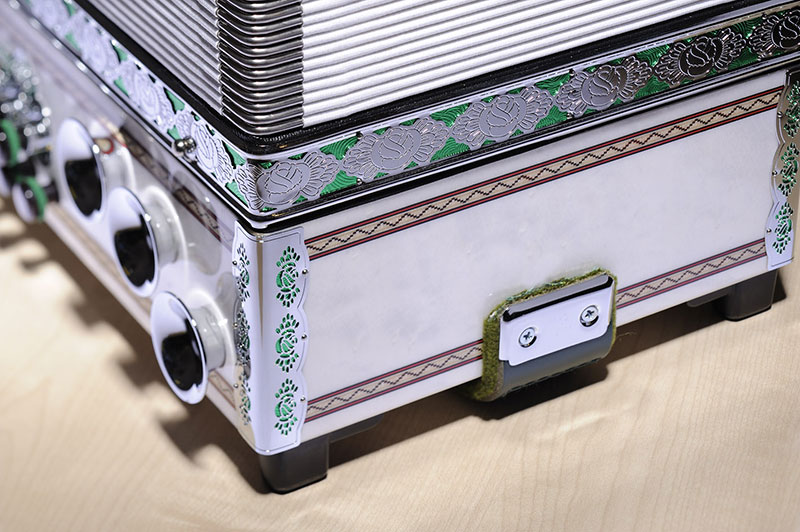PHOTO-ENGRAVING
Chemical milling primarily involves two-dimensional technology and is performed on various types of flat metal sheeting, such as copper, steel, brass, nickel silver, bronze, copper, beryllium and aluminium.
This method allows us to create partial or complete incisions, as well as relatively low-cost samples in comparison to those made using mechanical machining.
We can also galvanically treat the products we manufacture with various processes, such as nickel-plating, gilding, chrome plating and silver treatments.

| Workable thicknesses (mm) | Dimensional tolerances | |
|---|---|---|
| A | 0.05 | +/- 0.02 |
| B | 0.10 | +/- 0.03 |
| C | 0.25 | +/- 0.05 |
| D | 0.50 | +/- 0.08 |
| E | 0.60 | +/- 0.10 |
| F | 0.80 | +/- 0.11 |
| G | 1.00 | +/- 0.12 |
| H | 1.50 | +/- 0.15 |
| I | 2.00 | +/- 0.15 |
The designer’s imagination is the limit when it comes to photo-engraving.
We love to tell our customers about the endless possibilities when it comes to our processes, which is why we believe that communication between the supplier and customer is key.
Chemical machining lends itself to many uses, ranging from model building to gobos, from precision mechanics to electronics and from fashion to accessories.
FAQ
